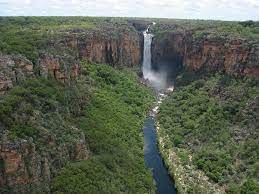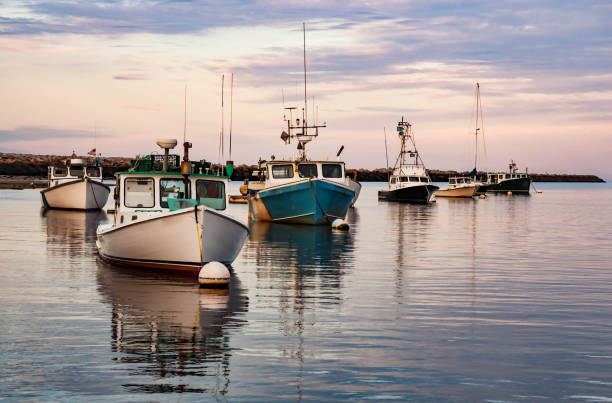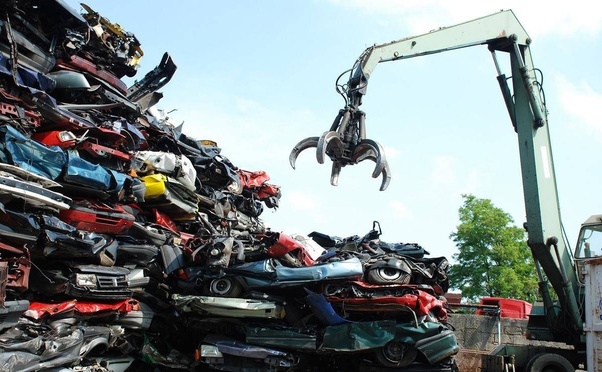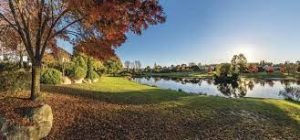Kakadu National Park in Australia is the country’s largest national park. This huge park covers 20 000 kilometers and is home to the Bininj/Mungguy People, who have called this area of the Northern Territory’s Top End their home for many thousands of years.
Kakadu is listed on the UNESCO World Heritage List as one of 20 places in Australia. This is in recognition of its exceptional natural and cultural value.
Kakadu National Park lies 150km southwest of Darwin and is managed jointly by Parks Australia and Aboriginal Traditional Owners. Kakadu offers the opportunity to explore the oldest living culture on the planet and see some of the most amazing Aboriginal rock art sites within the park.
Kakadu has many stunning landscapes for nature lovers. You will also find a wide variety of wildlife in the park, including crocodiles and an amazing diversity of birds.
On our Top End road trip, we visited Kakadu National Park and spent some time exploring its attractions. This guide will help you plan your visit to Kakadu National Park, a must-see park in the Northern Territory.
How to Get To Kakadu National Park
Kakadu National Park’s boundary is located just over 150km (93 mi) southeast of Darwin, on the Arnhem Hwy. It’s only 150km (93 mi) from Pine Creek and Katherine to reach the park entrance on Kakadu Highway. The only sealed roads through the park are the Kakadu and Arnhem Highways. They meet at Jabiru, which is the main town within Kakadu.
How to Get Around Kakadu National Park
It isn’t easy to access the vast national park’s roads. To explore certain areas, you will need remote off-road experience. It is easier to get around the park with a 4WD vehicle or a high-clearance vehicle as there are many unpaved roads. This includes the main sights like Jim Jim Falls.
The central hub in Kakadu is Jabiru, where the Arnhem Highway (and the Kakadu Highway) intersect. Both highways are in excellent condition and have been sealed. There are many places to stay and restaurants in the town. The park’s Visitor Centre is also located here. There are many attractions, walks and experiences that can be reached from Jabiru via a sealed road, which is suitable for all 2WD vehicles.
Tours To Kakadu
There is no public transportation within the park, so you will need a car to explore the area. If you don’t feel comfortable driving in Top End, consider joining one of the many day trips to Kakadu or multi-day adventures from Darwin. These include transportation to and around the park.
Entry Fees and Passes
Park passes are required to enter Kakadu National Park. Passes can be purchased online or at any of the Visitor Centres within the park. These passes are valid for seven days, and the cost varies depending on whether you’re in the tropical wet or dry season.
The park pass costs $40 during the dry season. The entry fee for the Kakadu wet season is $25 from November to May.
Although technically the park is open 24 hours a day, certain attractions like Ubirr or Burrungkuy (Nourlangie rocks) are only accessible between 8.30 and 7 p.m.
When is the Best Time to Visit Kakadu National Park
The dry season is considered the best time to visit Kakadu National Park. The dry period runs from May to October. These are when the sky is clear and the days warm. This is also the peak season for tourism in the Top End region.
The dry season is from November to April and can be very pleasant to visit. Monsoonal rains bring the waterfalls and wetlands to life, and there are almost no tourists. You should be aware that there may be road closures or other restrictions when you travel. If you plan to visit Kakadu in the wet season, a 4WD vehicle is highly recommended.
Kakadu Regions
Kakadu is a vast area that covers the Top End of northern Australia. Kakadu is broken down into seven regions to make it easier for you to plan and navigate. Each region is known for its unique natural habitat and sights.
South Alligator Region
The South Alligator Region is the first place you will see when you drive to Kakadu via Darwin’s Arnhem Highway. This area is home to one of the most important river systems, The South Alligator River. The region is home to a large variety of birds, fish species, and other wildlife.







